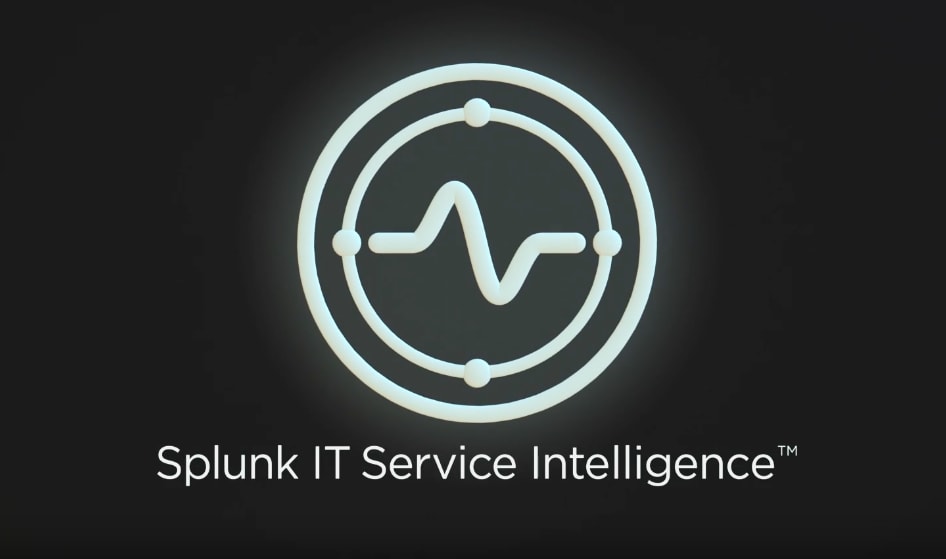The Best Things Come in Content Packs: Synthetic Monitoring and Third-Party APM

We recently announced the new Splunk App for Content Packs, your single source for all the goodness that is content packs. This new app makes it easier than ever to get started with Splunk for IT use cases. Individual content packs come with prepackaged content and out-of-the-box searches and dashboards, helping streamline workflows and ensuring you get the most out of your usage with Splunk IT Service Intelligence (ITSI) and Splunk IT Essentials Work (ITE Work). This blog post covers two of the latest releases: Content Pack for Synthetic Monitoring and Content Pack for Third-Party APM.
Just a quick reminder, these Content Packs require IT Service Intelligence (ITSI) or IT Essentials Work (ITE Work) 4.9 or later, and Splunk Add-ons for specific Content Packs. Access to capabilities is dependent on whether you have ITE Work or ITSI - refer to the table below.
| Objects | ITE Work | ITSI |
|---|---|---|
| Entity types | x | x |
| Entity integrations (data sources) | x | x |
| Infrastructure Overview dashboards | x | x |
| Entity Analytics dashboard | x | x |
| Metrics to Log Correlation (Analytics Workspace) | x | x |
| IT Services | x | |
| Service Analyzer Dependency Maps | x | |
| Glass Tables | x | |
| KPI base searches | x | |
| Correlation searches and Notable Event Aggregation Policies | x |
Content Pack for Synthetic Monitoring
The new Content Pack for Synthetic Monitoring makes it easy for you to visualize and investigate synthetic data from the Splunk Synthetic Monitoring Add-on. With prebuilt dashboards and common KPIs available, you can better manage the performance of your web applications by identifying and viewing Synthetic Checks.
With the Content Pack for Synthetic Monitoring, you can:
- Visualize, investigate and understand KPIs and services and how they’re associated based on your synthetic checks.
- Detect service anomalies faster with visibility into the performance of each service component. Get health scores and KPIs in the Service Analyzer so you can see your synthetic checks and drill down to a specific run and a specific synthetic check.
- Get instant, full-time visibility into the performance of your web applications plus all the details in Splunk Synthetics using the preconfigured Service Analyzer Tree. Visually see all your synthetic checks and the dependencies between them, so you can quickly identify problematic areas.
- Have a broad view that includes synthetic measurements alongside traditional KPIs available in ITSI.
Ready to see for yourself? Get started by learning how to install and configure the Content Pack for Synthetic Monitoring.
Content Pack for Third-Party APM
If your organization uses various tools to manage different applications, or if you’re in the process of migrating from one vendor to another, then the Content Pack for Third-Party APM is for you. Application Performance Monitoring (APM) tools such as AppDynamics, Dynatrace or New Relic can only manage application performance — but what if you need to see across the entire stack? When an app is slow, how do you know what is causing it? Are you able to correlate your APM data with underlying infrastructure data and see how services are impacted?
Well, now you can with the new Content Pack for Third-Party APM. By bringing your APM data into Splunk ITSI or ITE Work, you can better manage the performance of all your applications alongside the rest of your environment. This means greater visibility and a better understanding of what is going on across your teams. This content pack comes with pre-built dashboards for specific APM vendors, Glass Tables for ITSI, KPIs and services. Note that you will need the Splunk Add-on for AppDynamics, Dynatrace, or New Relic to get that data in.
With the Content Pack for Third-Party APM, you can:
- Visualize, investigate and manage your APM data and see your data side-by-side and combined together for a better understanding of KPIs and services.
- Save time and energy using out-of-the-box content for instant insights, and get up and running quickly with pre-packaged KPIs — measuring metrics from APM tools so you get a comprehensive overview of the health of all your applications.
- Enjoy pre-built dashboards, Glass Tables, KPIs and services for common metrics like apdex, availability, response time, throughput and error rates for each APM vendor.
- Get health scores for all of your applications so you can proactively monitor and keep on top of application performance and be aware of any degradation.
- Manage all your applications in one place — with high-level Glass Table views and the ability to drill down into specific entities to perform fast troubleshooting
Excited to combine all your APM data for greater visibility? Learn how to install and configure the Content Pack for Third-party APM today!
Stay tuned! These two content packs are just the beginning. There’s a lot more exciting content packs coming your way and we can’t wait for you to start using them all. It’s true what they say, the best things come in content packs!
See related blog posts:
- Introducing the Splunk App for Content Packs
- Content Pack for Microsoft 365
- Content Pack for Third-party APM
This blog post was co-authored by Felicia Dorng and Vi Tran, Senior Product Manager, IT, Splunk.
----------------------------------------------------
Thanks!
Felicia Dorng
Related Articles
About Splunk
The world’s leading organizations rely on Splunk, a Cisco company, to continuously strengthen digital resilience with our unified security and observability platform, powered by industry-leading AI.
Our customers trust Splunk’s award-winning security and observability solutions to secure and improve the reliability of their complex digital environments, at any scale.




